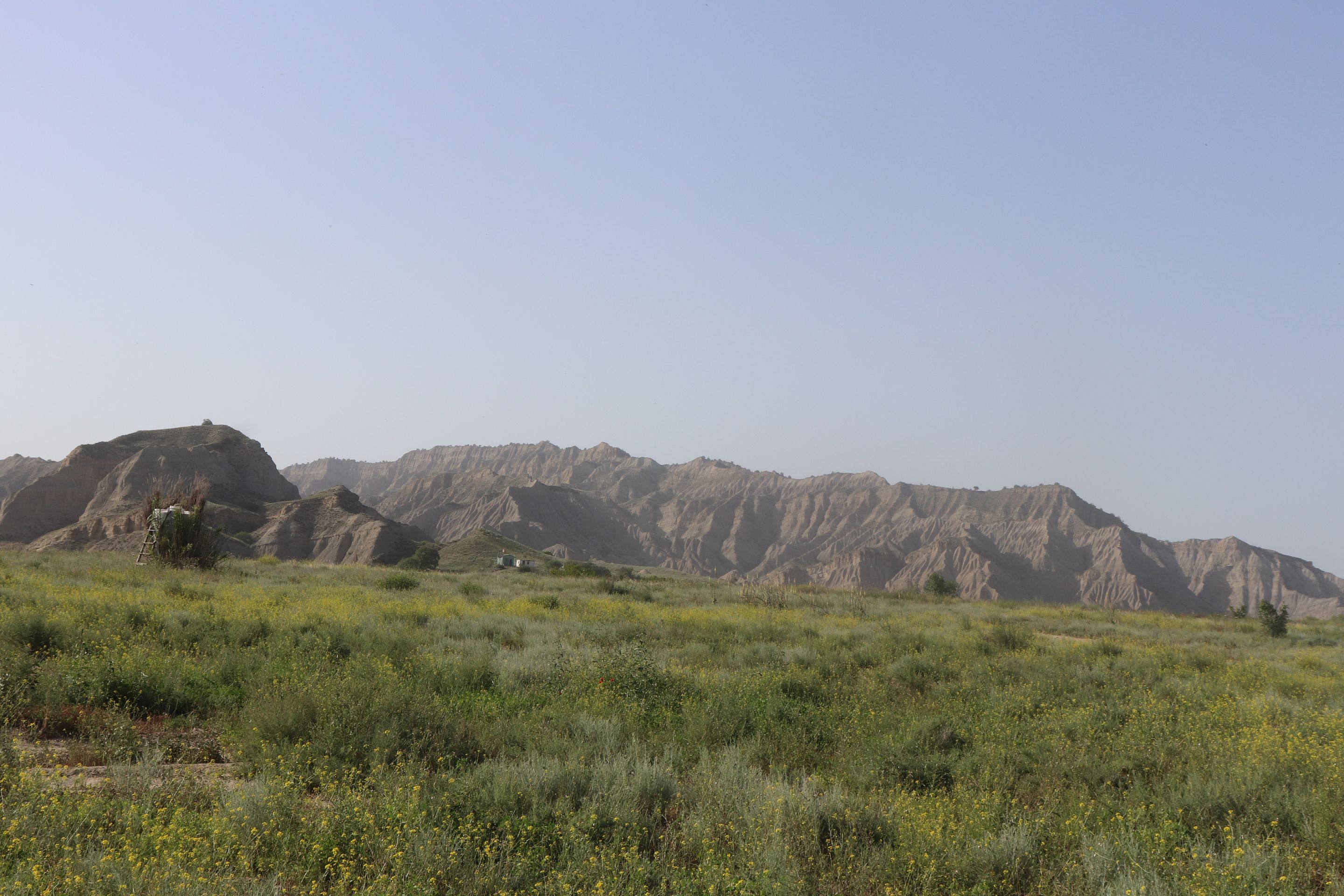
Wolfgangs Spezialreisen - Georgien2024
vakantio.de/lateinamerika_ost_west
Trip to Davit Gareja
প্ৰকাশিত: 03.06.2024
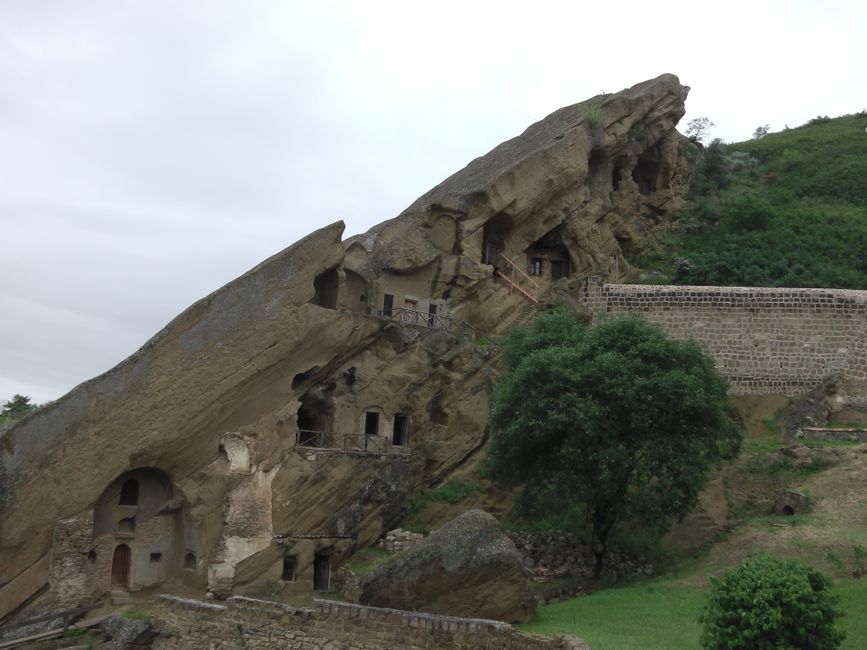
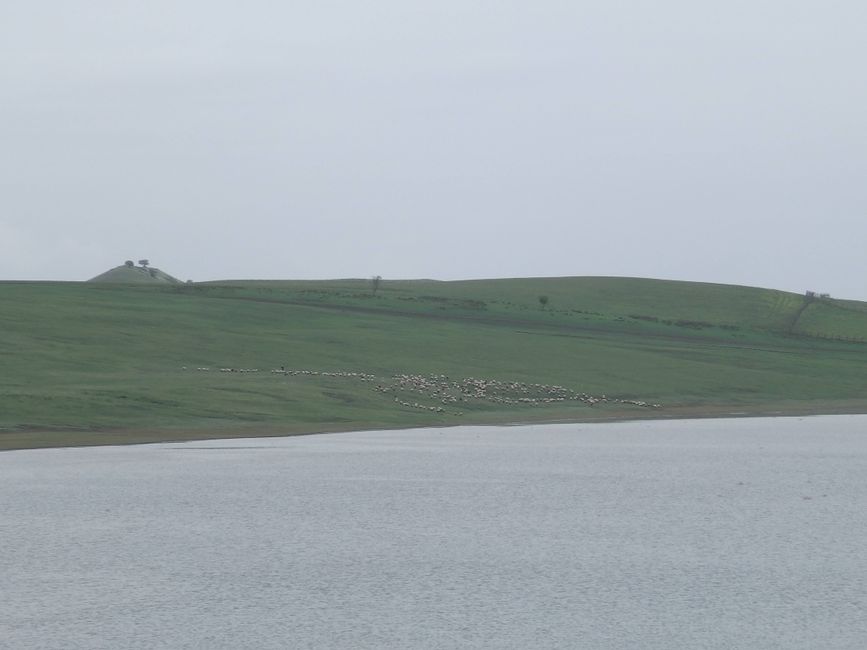
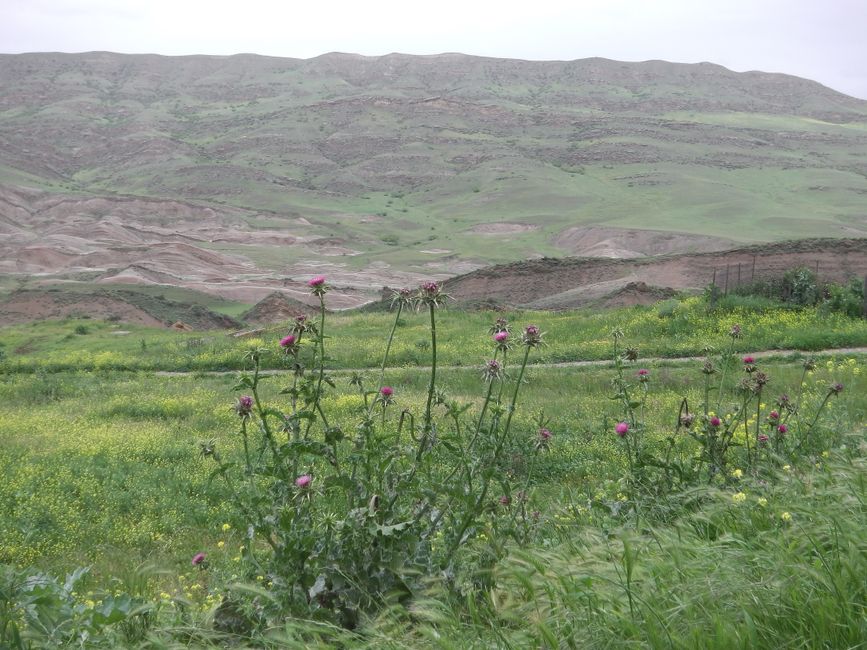
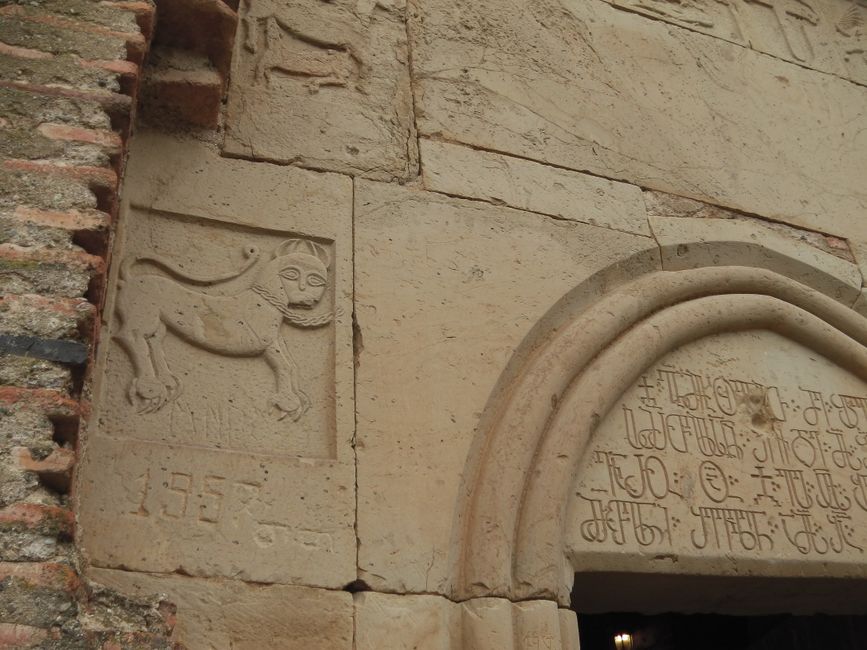
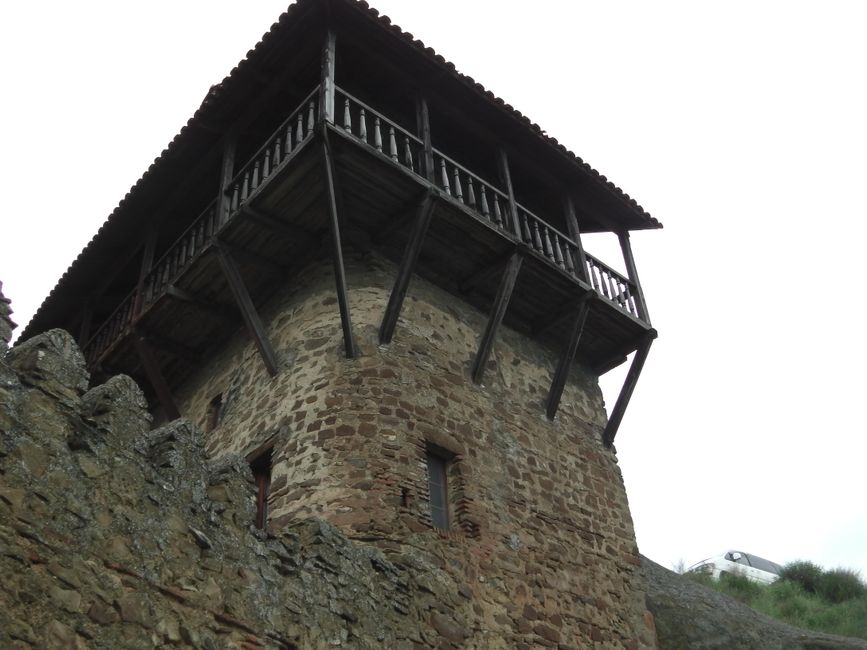
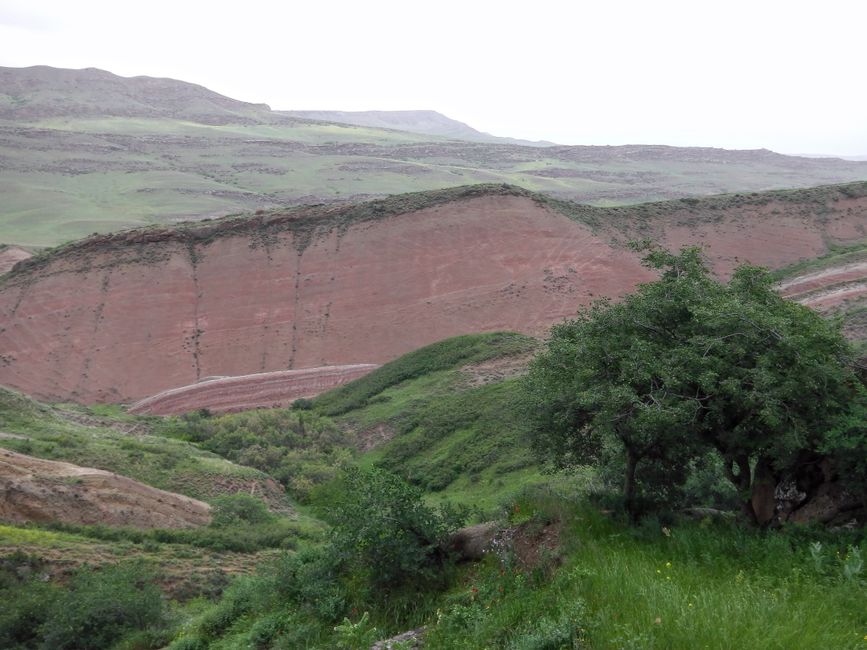
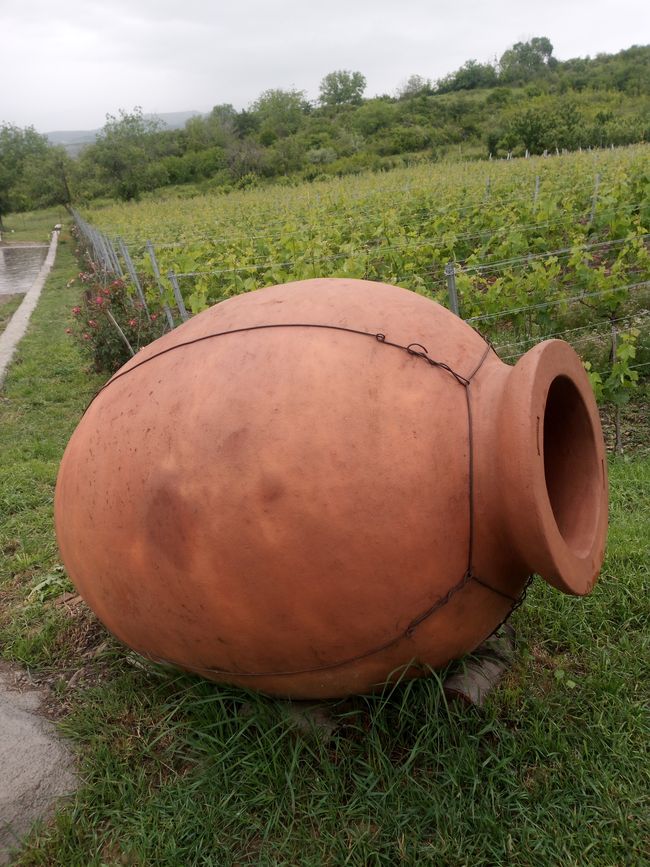
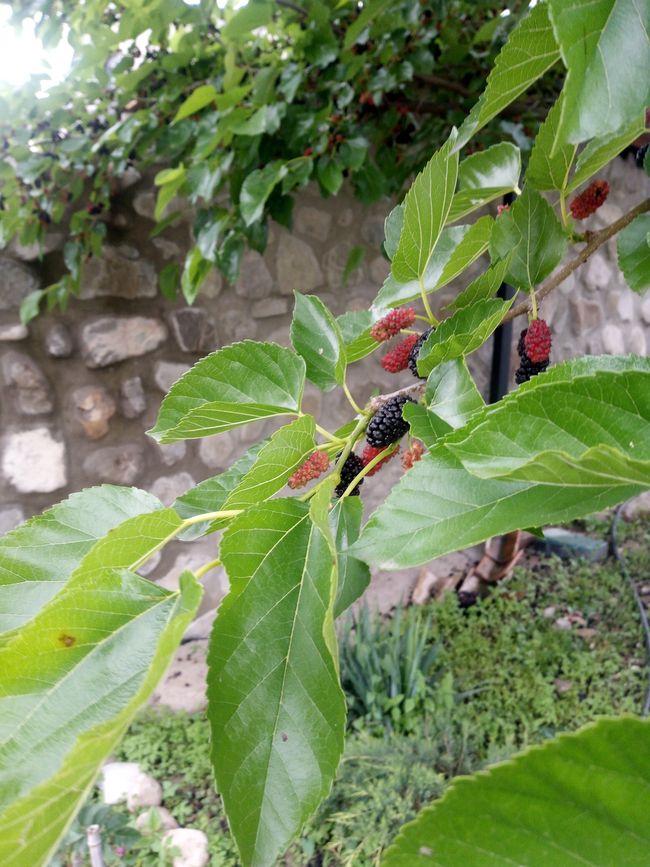
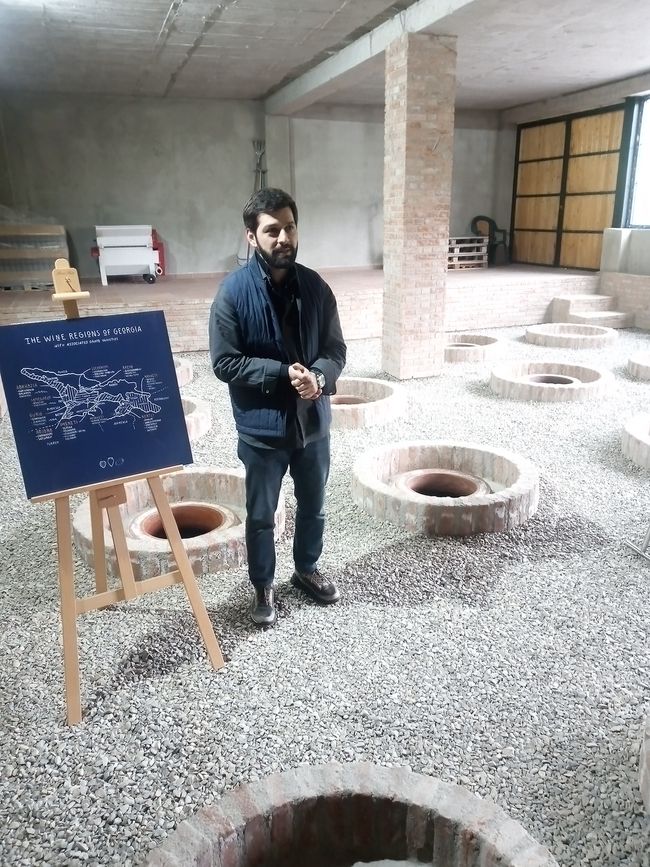
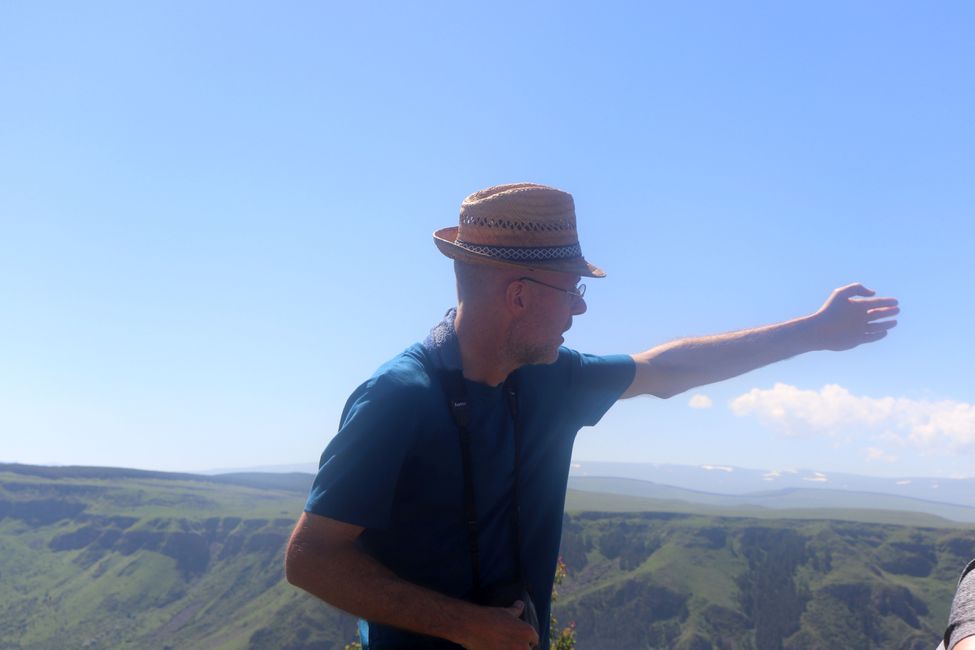
নিউজলেটাৰ চাবস্ক্ৰাইব কৰক
Sunday, May 26, 2024. Day 1 of 13.
On the first day after arriving in Georgia's capital Tbilisi, we headed south-east to the border with Azerbaijan, led by our tour guide Asmus Schröter. Asmus is a biologist, comes from Germany and has lived in Georgia for 6 years. Georgia, and especially Tbilisi, celebrated Independence Day today, which refers to 1918, when Georgia, as an ally of Armenia and Azerbaijan, decided to leave Russia.
In a comfortable minibus, which could easily accommodate all 16 participants, we drove across the vast steppe landscapes to the cave monastery of Davit Gareja. The landscape with green, wide, hilly grassland and high mountains in the background is characterized by herds of sheep and cows grazing there. Wolves are said to appear near the herds even during the day. We were amazed by the huge almond plantations that investors had planted. Asmus did not predict a great future for this monoculture. There were isolated salt lakes in the depressions, encouraged by the hot and dry summers in this area. The salt has a high sulfate content and is practically inedible - at most as a laxative. A sea of colorful flowers thrives here at this time of year. The diverse bird populations in particular are evidence of high biodiversity. Black vultures were observed slowly circling in the sky, obviously finding a good supply of food here. Various species of lark and little bustard were sighted and their distinctive twittering gave the special landscape a feeling of space and openness. The monastery in this remote place is built in natural sandstone caves. A stone tower towers above it. Deep down there is a rock church decorated with icons, which also contains ancient frescoes from the 13th century. After a thorough exploration of the flora and fauna, we left this picturesque place. Asmus had a lot to say about the natural treasures we had experienced. Every question was answered in detail, as wolf lovers would expect - at least most of them. Another botanical peculiarity is a special pink-flowering sage Ibericus, which Asmus named as a symbolic plant for the country. The numerous swallows flew low on their daring hunting maneuvers, probably also because of the drop in air pressure that accompanied the gray spring sky. Back near Tbilisi, there was an expert tour of the special Georgian wine culture at the Vellino family winery. For around 8,000 years, wine in Georgia has been fermented in special, huge clay amphorae with the pressed grapes. These vessels, called Qvevri, give the wine particularly intense aromas and over the last few years this winemaking method has increasingly won over wine connoisseurs in western countries. We were able to try various wines at a sumptuous banquet. The diverse dishes, such as vegetables mixed with herbs, cheese and meat specialties, also tasted excellent and were a real experience. Together with toasts, even on serious topics such as the wish for peace, the late lunch not only had a cheerful mood due to the wine, but also a thoughtful note and encouraged our sympathy for the Georgians.
নিউজলেটাৰ চাবস্ক্ৰাইব কৰক
উত্তৰ
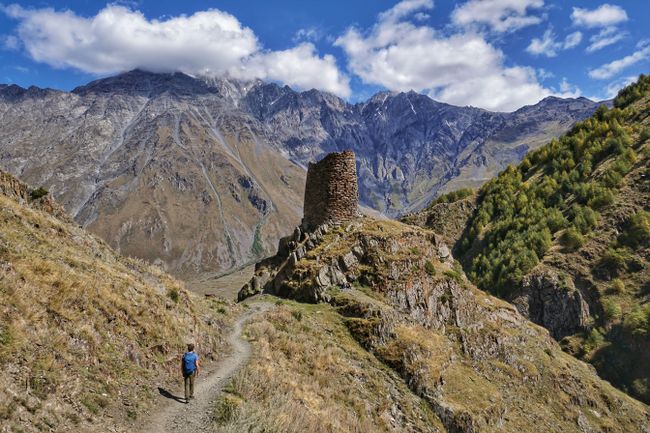
ভ্ৰমণৰ প্ৰতিবেদন জৰ্জিয়া
